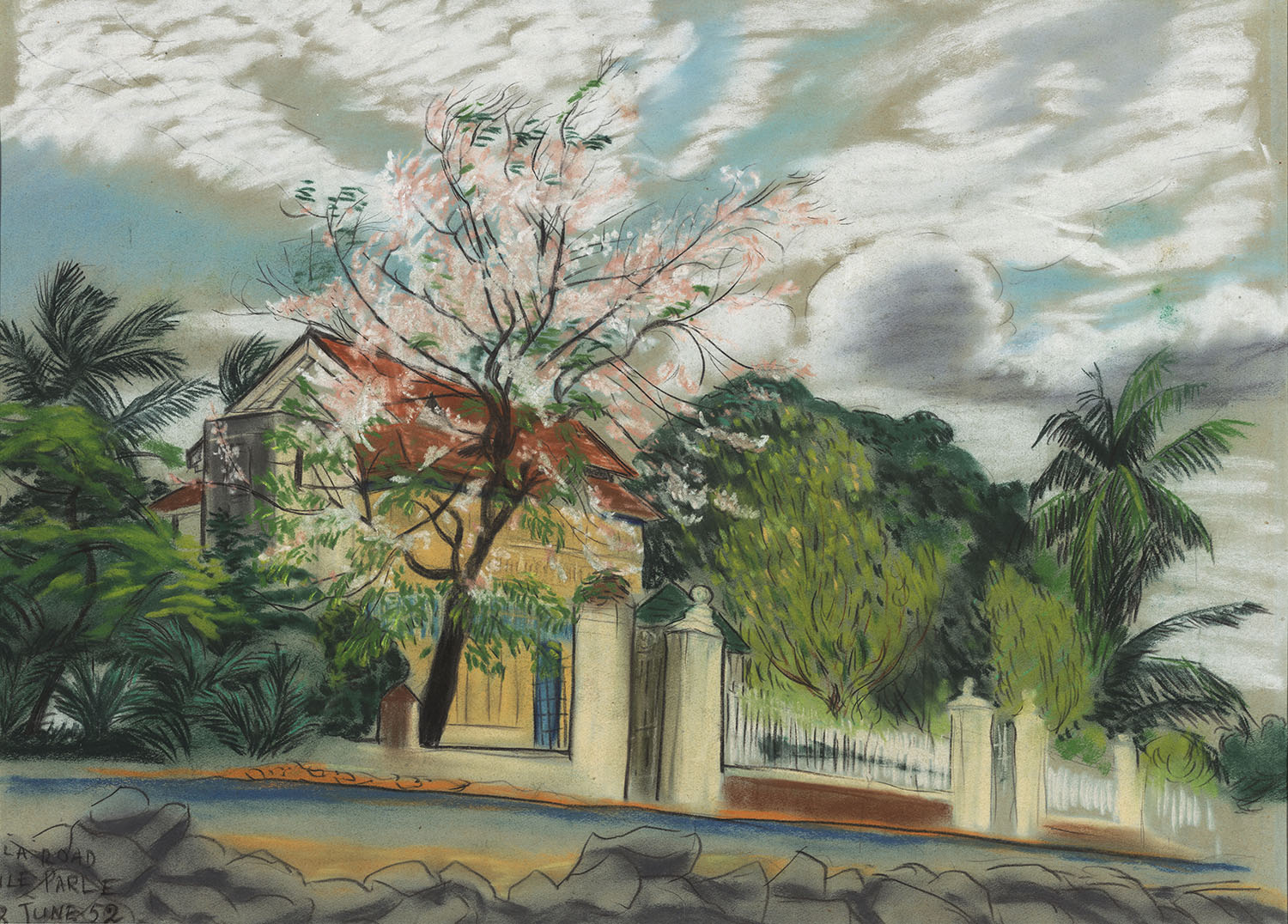An artist and activist known for his political cartoons and illustrations, Chittaprosad Bhattacharya documented grassroots movements, peasant struggles and urban resistance in West Bengal. He rejected the caste system, and therefore his Brahmin surname, and is known by his first name alone.
Born in Naihati, West Bengal, Chittaprosad grew up in Chittagong (in present-day Bangladesh) and attended the Chittagong Government College. He became actively involved in local politics after 1942, when the region came under attack from Japanese armies occupying neighbouring Burma (now Myanmar). Consequently, he began making anti-fascist posters, drawings and cartoons. His work produced during this time drew the attention of PC Joshi, then-General Secretary of the Communist Party of India (CPI), who urged him to explore local traditions of pottery, sculpture and puppet-making.
In 1943, Chittaprosad was inducted into the CPI as a member and relocated to Bombay (now Mumbai), where he worked in artist cadres alongside Somnath Hore, Moni Roy and Surya Roy. Chittaprosad travelled extensively across the country to document the socio-political landscape of the time, characterised largely by organised uprisings such as peasant agitations and workers’ strikes. The work he created during his travels acquired a journalistic style, characterised by sharp lines and tonal contrast, which allowed him to capture his subjects accurately and swiftly.
Chittaprosad was actively involved in documenting the Bengal famine of 1943. Between 1943 and 1944, he travelled to affected regions, such as Contai, Bikrampur, Cox’s Bazaar and Munshiganj in the former Midnapore district and produced comprehensive eye-witness accounts through black-and-white illustrations that reflected the hunger, displacement and destitution caused by the famine. These illustrations were published widely across periodicals and newspapers of the CPI, such as Janayuddha. Twenty-two of these sketches were compiled and published in book form as Hungry Bengal, A Tour through the Midnapore District, in 1944, along with journal entries from his travels. The series was also shown in a mobile exhibition organised by the CPI. His work was also part of the travelling Cultural Squad event of the Indian People’s Theatre Association (IPTA).
Chittaprosad aspired chiefly to the ideals of Social Realism, making little claim on artistic or aesthetic values, instead aiming to portray reality. In addition to political cartoons, he created life studies, nudes, landscapes and children’s book illustrations. He also worked in costume design and songwriting, writing a number of political songs and anthems as part of the IPTA.








